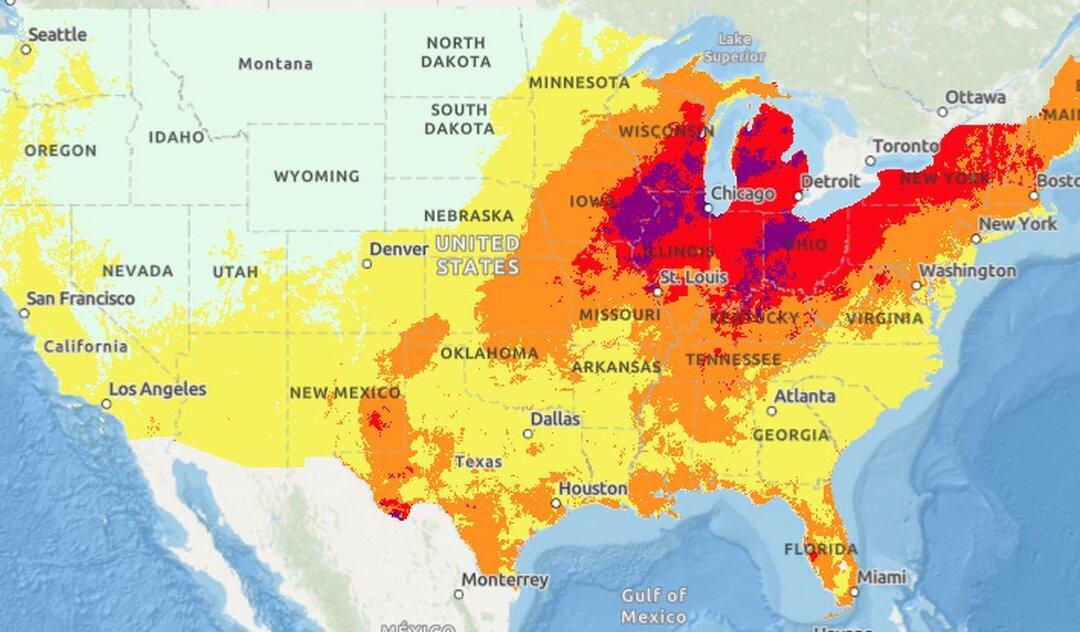The National Weather Service (NWS) has warned that tens of millions of Americans are currently under heat advisories as high temperatures continue to impact the Midwest and East Coast this week.
A tracker run by the NWS shows that some 76 million people are in areas where the agency declared either an Excessive Heat Warning, a Heat Advisory, or an Excessive Heat Watch.





